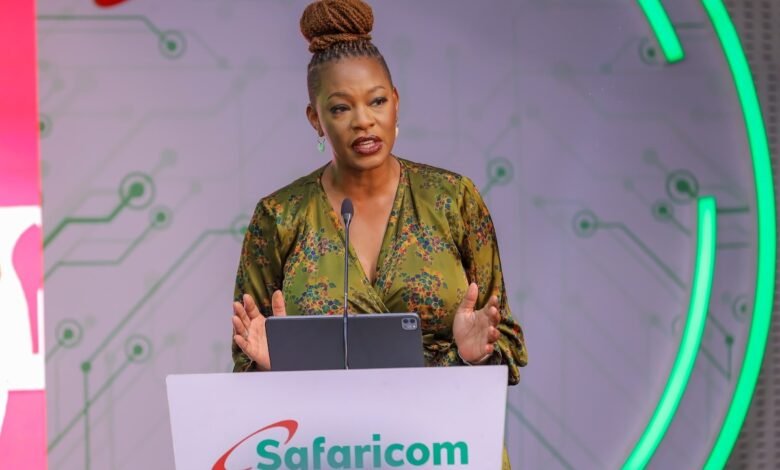
- Transactions via API: 25% of total volume.
- Developer Ecosystem: 105,000 strong.
- Throughput Capacity: 12,000 Transactions Per Second (TPS).
- Customer Base: Over 60 million (Kenya & Ethiopia).
- Economic Impact: KES 1.1 Trillion estimated total economic value (FY25).
For years, the relationship between the Kenyan developer community and the M-PESA ecosystem has been a mix of necessity and friction. We build on M-PESA because we must, but we have often grappled with support queues, downtime during peak windows, and rigid integration protocols.
On Tuesday, November 25th, at the M-PESA Integrators Forum, the tone shifted.
Safaricom didn’t just announce an upgrade; they effectively admitted that the old way of doing things is over. With the launch of Daraja 3.0, the telco is pivoting from being a mere payment gateway to a full-stack “Fintech 2.0” infrastructure provider.
For the 105,000 developers currently in the ecosystem, the headline is the promise of 12,000 Transactions Per Second (TPS), cloud-native reliability, and a surprise revelation about Safaricom’s internal AI ambitions.
The AI Scoop: Native LLMs and Privacy First
The most intriguing moment of the launch didn’t come from the slide deck, but from the unfiltered Q&A session with developers.
As the conversation turned to the “Intelligent Endpoints” in Daraja 3.0, developers pressed the executives on data privacy. The concern was clear: with AI integration, are we exposing sensitive financial data to public AI models?
In a response, Safaricom revealed they are building their own Large Language Model (LLM).
This is a critical strategic differentiator. By keeping the AI stack internal, Safaricom aims to offer the benefits of AI – seamless DIY integration, anomaly detection, and automated support – without the data sovereignty risks associated with piping financial transaction data to third-party offshore servers.
Furthermore, the company teased upcoming partnerships with global giants in the AI space, though details remain under wraps.
Under the Hood: Cloud-Native and 12,000 TPS
Let’s get technical. The previous iterations of Daraja were robust but bound by legacy architecture constraints. Daraja 3.0 is built on a modern, cloud-native architecture.
Why does this matter to a CTO or a Lead Dev? Resilience.
- Auto-Scalability: The system now features auto-scalable resources. This means when Black Friday hits, or schools open and fee payments spike, the API infrastructure expands dynamically to handle the load.
- Throughput: The platform is now rated for 12,000 TPS, promising massive headroom.
- Security Stack: The new update introduces dedicated Security APIs focused on fraud detection and identity verification. This allows developers to offload the heavy lifting of KYC (Know Your Customer) and fraud checks directly to Safaricom’s layer.
Fixing the Developer Experience
Safaricom’s Chief Financial Services Officer, Esther Waititu, noted that 25% of all M-PESA transactions are now executed via APIs. The API economy isn’t a side project; it is the main engine.
Acknowledging this, Daraja 3.0 attempts to solve the “black box” support issue that has plagued integrators:
- Dedicated Partner Success Teams: A move away from generic customer care to specialised technical support.
- Frictionless DIY: The embedded AI is designed to help developers troubleshoot integration errors in real-time without needing to log a ticket.
- Monetisation: Perhaps the most “Fintech 2.0” feature is the ability for developers to not just consume APIs, but the promise of being able to monetise their own solutions by making them available to other partners in the ecosystem.
The “Super App” Play
Safaricom is also pushing more for the M-PESA Super App to be seen as a hosting environment. Developers can now build “Mini-Apps” that sit inside the Super App.
The launch of Daraja 3.0 is Safaricom signalling that they are done being just a telco. By moving to cloud-native stacks, building proprietary LLMs, and opening up API monetisation, they are positioning M-PESA as the operating system for African business.
For the developer in Nairobi, the immediate win is stability and speed. But the long-term play is the data and the AI partnerships that will likely define the next decade of Kenyan tech.







